Eat + TRINK | The Yin-Yang of Lagrein and Jing Jiang Rou Si
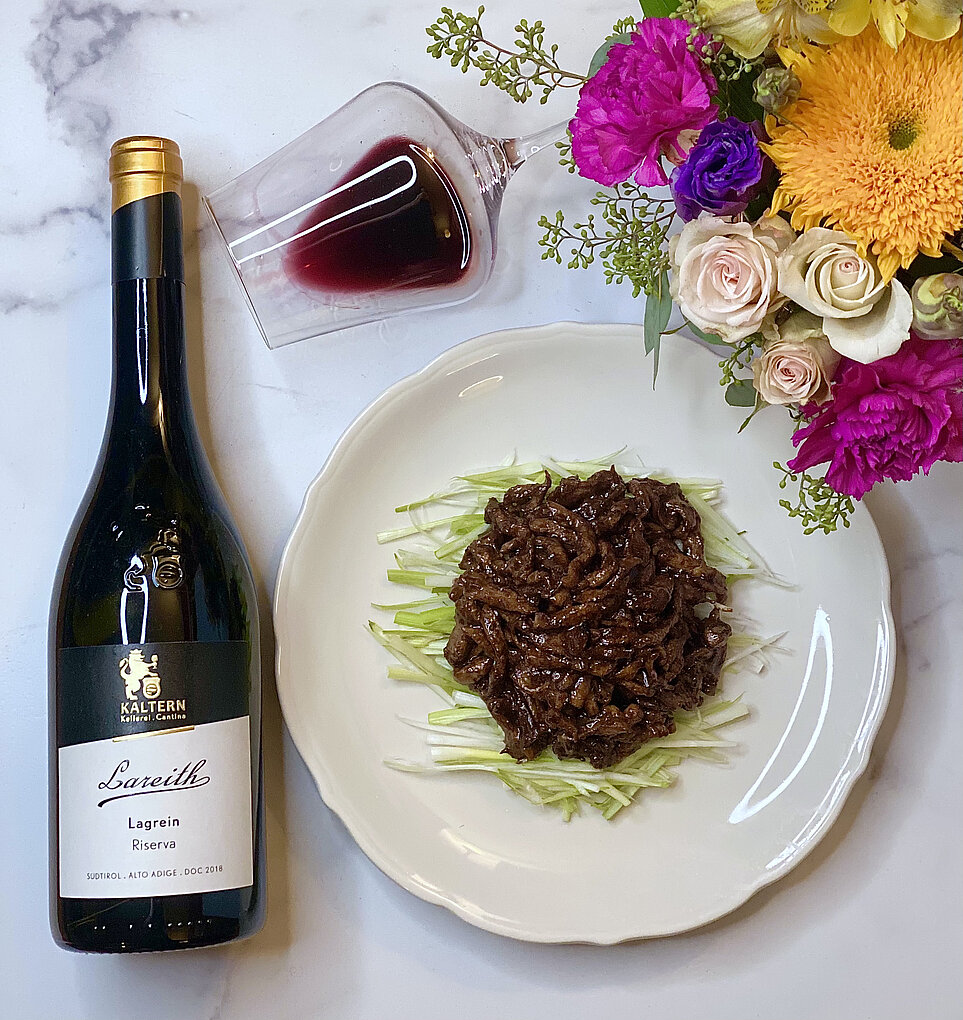
TRINK Magazine | It was a wine, not a memory, that motivated Joyce Lin to make Jing Jian Rou Si: the Kellerei Kaltern 2018 Lagrein Riserva ‘Largeith.’ Recipe and pairing included.

TRINK Magazine | It was a wine, not a memory, that motivated Joyce Lin to make Jing Jian Rou Si: the Kellerei Kaltern 2018 Lagrein Riserva ‘Largeith.’ Recipe and pairing included.
Born and raised in Taiwan, now based in NYC, Joyce Lin is a sommelier, writer, educator, and wine consultant, holding both CMS and WSET 3 certifications. Joyce’s interests in food and wine led her to create 酒意思Sip with Joyce, an omnichannel platform providing wine pairing ideas with daily meals, specializing in Asian cuisines. Joyce believes that through food and wine, people of diverse backgrounds can be unified and share the joy of life with each other.
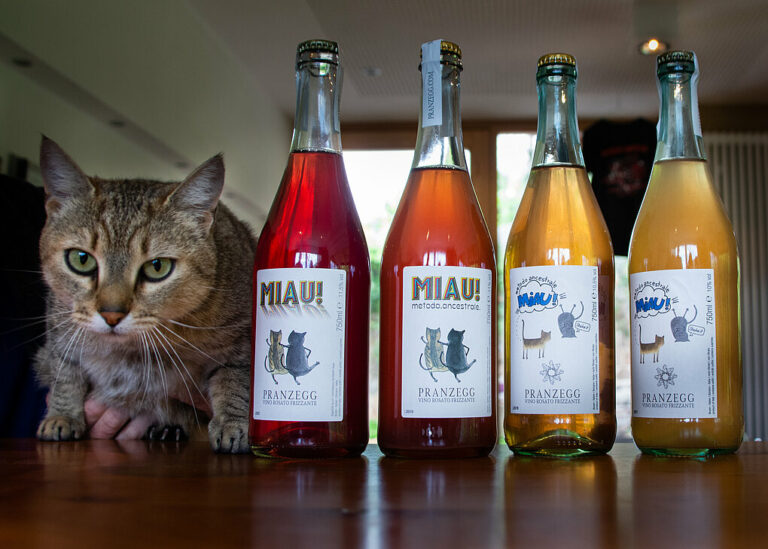
Miau! from Martin Gojer and Marion Untersulzner of Weingut Pranzegg in Bozen, South Tyrol could not be more “critter,” but is it also more? By Daniel and Liliana Schönberger

Baden is Germany's third largest winegrowing region. From Cooperatives to Landwein, learn what makes this region and its wines so important.
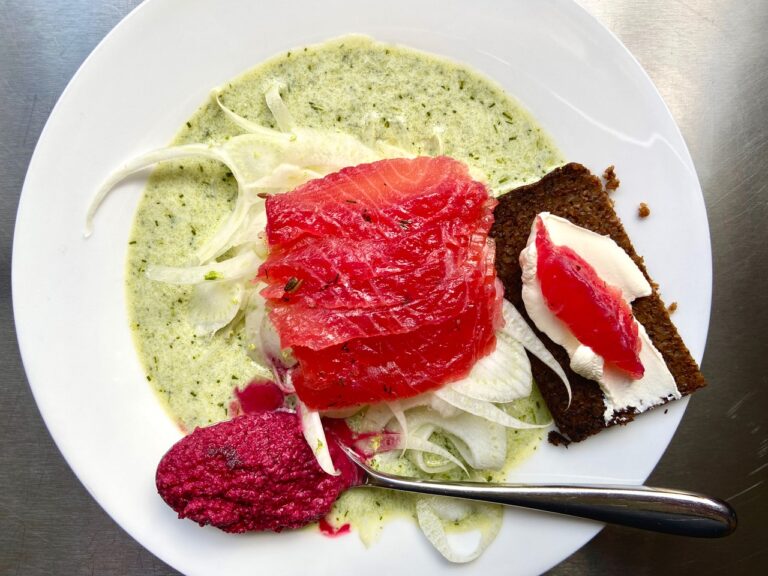
Curing fish is a bit like baking cakes: unless one follows a particular recipe to the letter, the final result inevitably contains an element or three of surprise. Once in the oven, once in the brine, the window for intervention has passed – leaving time and temperature as the only remaining levers. I clearly lack the discipline to work with exact measurements (thus explaining my ban from baking birthday cakes), but I do enjoy the imprecise, historical art of preserving food with salt. Think: classic Sauerkraut, southern German Surfleisch, or – well – salmon. This particular side of freshly caught salmon…...
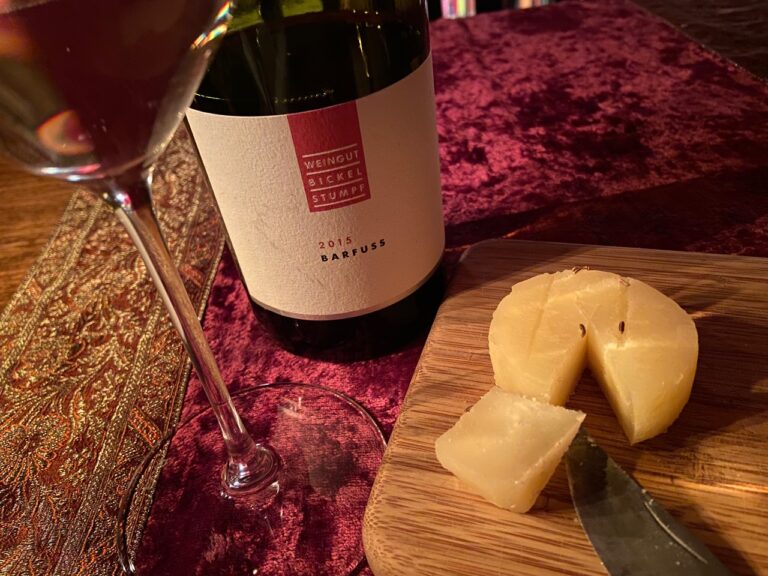
Can you hear the music? Forget onions and vinegar: this Franken co-ferment hits harmonies as only Handkäse can do.

German Chardonnay may be the most thrilling wine for our moment.
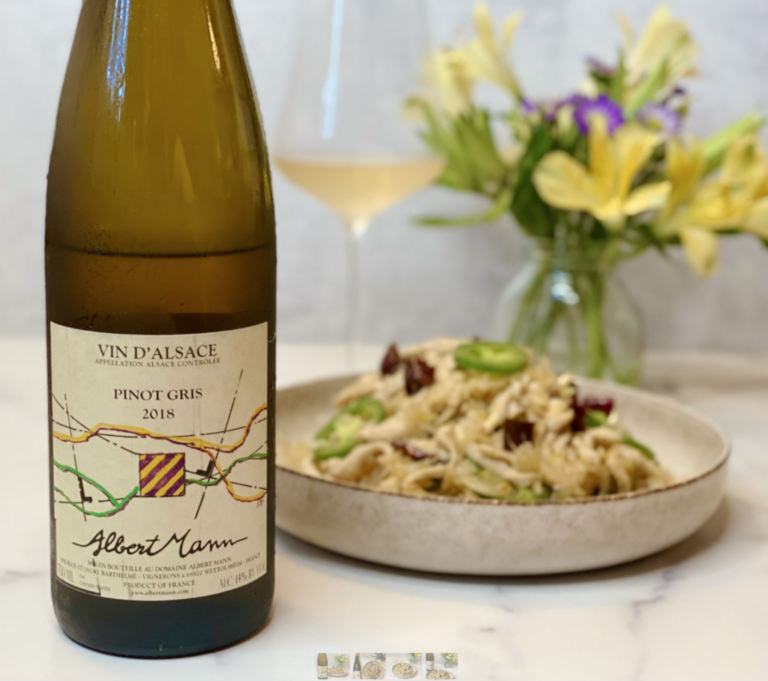
Joyce Lin gives a traditional and beloved Taiwanese dish an umlaut twist and a fresh French pairing.
Enjoy unlimited access to TRINK! | Subscribe Today